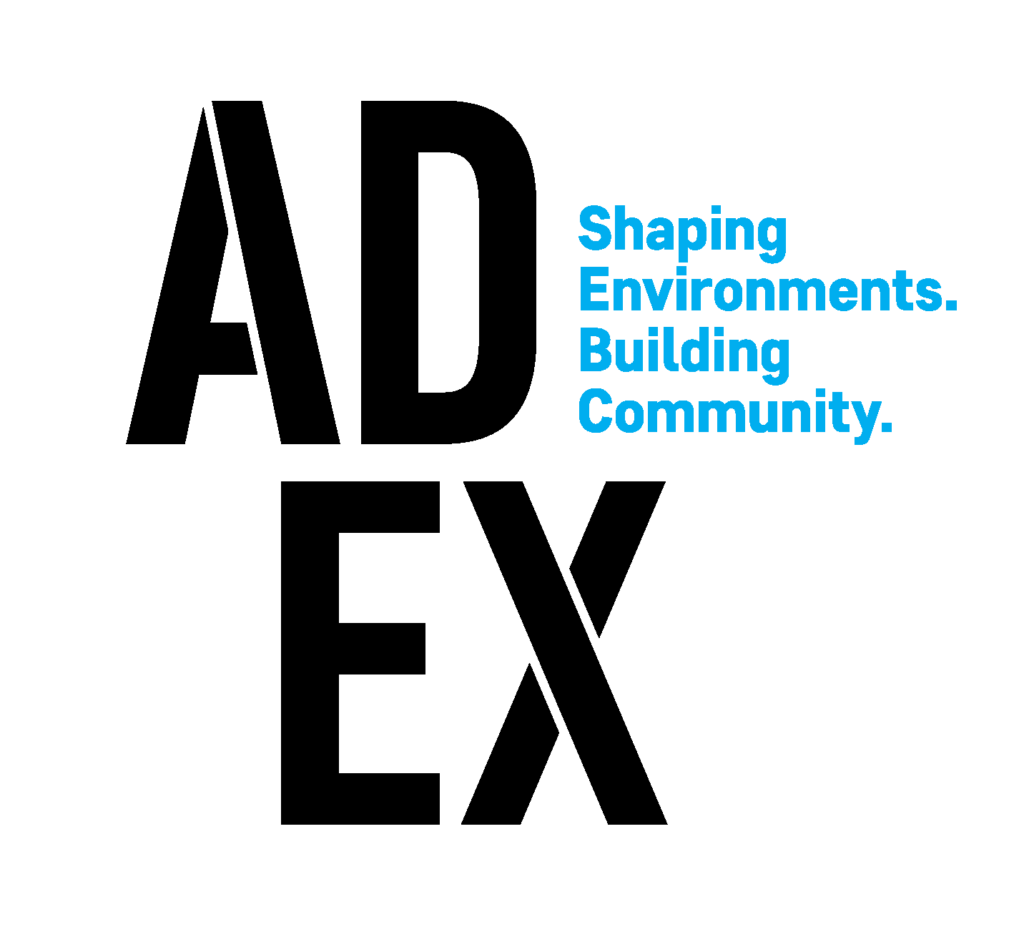Organized by the AIA Dallas LGBTQIA+ Alliance
Now on display at the AD EX through June 28, 2024
Architecture has both influenced and been influenced by its social and cultural context, including the identities and experiences of its practitioners. The Queer Visibility in Architecture and Design exhibit aims to highlight and analyze the impact of queer identity on notable architects across history, recognizing them as trailblazers in both architecture and the queer community.
Featuring both well-known and lesser-known queer architects from the late 18th century to today, the exhibit provides biographical and historical context to understand the world these designers lived in and invites visitors to contribute other examples of impactful queer architects. By shedding light on these overlooked stories, the AIA Dallas LGBTQIA+ Alliance Network hopes to deepen public understanding of how sexuality and gender can shape artistic vision.
THE QUEER VISIBILITY IN ARCHITECTURE AND DESIGN
Architecture has long influenced and been influenced by the social, cultural, and economic eras in which architects have designed. It is a grand medium that acts as a time capsule and as a collective museum of the past. Designers, like many artists, impart their unique perspective through their work to either enhance or challenge the world around them. We have come to recognize the hallmarks of these designers and how their lives and careers have shaped their architectural vision.
However, architects were also products of their own time. For those who were queer, this often meant becoming personally invisible, even while being professionally successful. To be publicly out in a profession dominated by cisgender white men would have been career-ending. Philip Johnson is often recognized as the first out gay architect, although he chose to wait until the end of his career to publicly acknowledge his homosexuality. While his social circle and clients knew of his queerness and his relationship with David Whitney, this wasn’t discussed publicly.
As historians and sociologists better understand human sexuality and gender, one can better understand how an architect’s sexuality and gender has informed their designs. This is particularly relevant when identifying and discussing queer designers.
The Queer Identity in Architecture and Design exhibit overviews history’s most notable queer designers, ranging from the late 18th century to present times. Each designer’s profile includes biographical information, career highlights, photos, and a brief analysis on how their queer identity impacted their work. Paralleled are significant historical events to better understand the world in which these designers lived.
Due to the limitations of the exhibition, not every queer designer could be included. However, those voices are no less important. At the end of the exhibit, there is an opportunity for public contributions of queer designers that were not covered. We invite you share your favorite queer architects, as well as those currently making an impact in the profession.
The goal of this exhibit is to highlight these voices as both trailblazers in architecture and as members of the queer community. The AIA Dallas LGBTQIA+ Alliance wholly understands that some of these designers can only be speculated as queer based on second-hand accounts and inferences from personal documents. It has only been within the last 30 years that queer designers have been comfortable enough to confirm their identity publicly. To the Alliance’s knowledge and research, everyone included in this exhibit has been confirmed or is widely accepted as part of the queer community. The hope is that each person who walks through this exhibit will take away a revised understanding of figures they knew and an appreciation for those they did not.
QUEER VISIBILITY MOVING FORWARD
Queer architects have been busy. Whether people are aware or not, we’ve always had a place within architecture and design. For so many, being queer meant being invisible. To be visible risked the loss of one’s career. Paul Rudolph lived his life never allowing others to discuss his orientation, nor did he discuss it himself. As we curated this exhibit, we were challenged on which individuals to include. There are many names that couldn’t be included due to volunteer time and resources, but those voices are no less important. Queer visibility is important. It not only reminds us of what we have achieved as a community but shows future architects and designers what is possible.
We chose to omit organizations currently creating visibility within architecture and beyond, because it would have been another exhibit entirely. These organizations act as resources and provide opportunities to bring together queer architects, designers, landscape architects, and builders. Pride by Design creates a hub for queer architects to come together; Queer Space Lab at MIT creates a place within education to highlight the historical invisibility of queerness and uplift LGBTQIA+ voices; and the NY LGBT Historic Sites Project broadens people’s knowledge of LGBT history beyond Stonewall and places these historical events in a geographical context.
Queer visibility in architecture is limited but growing. Grassroots activities continues to gain presence, momentum, and support through blogs, AIA LGBTQIA+ Alliances around the country, and the formation of other organizations promoting queer designers.
Change is happening, and that’s where you come in. Who are the queer architects past and present that you know or have heard about? Who are the organizations that you see increasing visibility within the queer design community?
We invite each of you to share your favorite queer architects, designers, and organizations. WE’D LOVE TO HEAR FROM YOU!

AD EX is located at 325 N. St. Paul Street, Suite 150, Dallas, TX 75201 in downtown Dallas on the first floor of Republic Center at the corner of St. Paul Street and Pacific Avenue. AD EX is open to the public from 10:00 a.m.-6:00 p.m. Tuesday through Thursday and from 10:00 a.m.-3:00 p.m. on Fridays and Saturdays.
